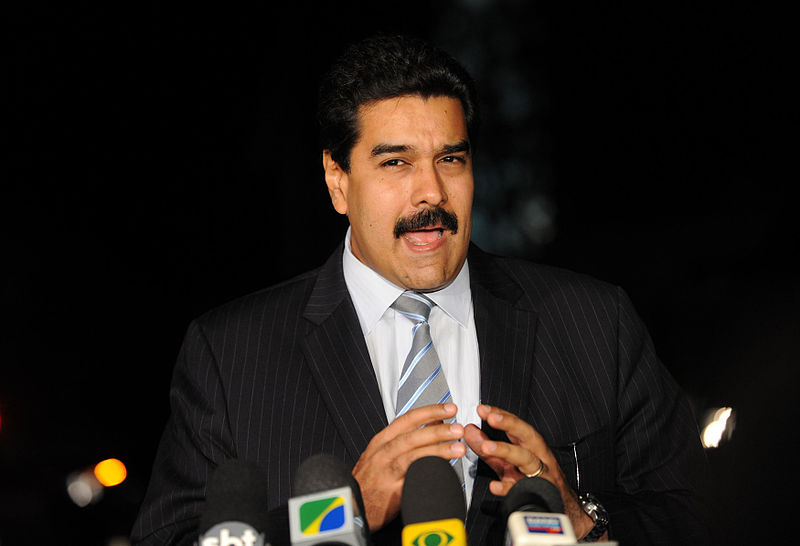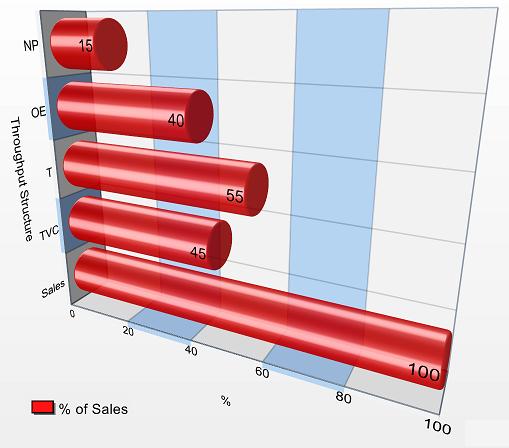Moody’s Investors Service has downgraded Venezuela’s government bond ratings to Caa3 from Caa1 and changed the outlook to stable from negative.
The key drivers of the rating actions are the following: Default risk has increased substantially as external finances continue to deteriorate due to a strong decline in oil prices; In the event of a default, Moody’s believes that the loss given default (LGD) is likely to be greater than 50%.
The stable outlook is based on Moody’s view that even if the oil price drops further, expected losses to bondholders are likely to be consistent with a Caa3 rating and unlikely to reach levels associated with lower ratings. The sovereign’s senior unsecured and senior secured ratings have also been downgraded to Caa3 from Caa1, as well as the senior unsecured medium term note program and the senior unsecured program to (P)Caa3 from (P)Caa1.
Venezuela’s long-term local-currency country risk ceilings were also adjusted to Caa2 from Caa1, the foreign currency bond ceiling to Caa3 from Caa1, and the foreign-currency bank deposit ceilings to Ca from Caa2. The short-term foreign currency bond and deposit ceilings remain at NP. These ceilings reflect a range of undiversifiable risks to which issuers in any jurisdiction are exposed, including economic, legal and political risks. These ceilings act as a cap on ratings that can be assigned to the foreign and local-currency obligations of entities domiciled in the country.
Lower oil prices
The principal driver of Moody’s decision to downgrade Venezuela’s sovereign rating is a marked increase in default risk owing to lower oil prices. The recent oil price shock has exerted pressure on Venezuela’s balance of payments and dwindling foreign reserves. The price of Venezuela’s oil basket, which is typically priced at a modest discount to the price of Brent, fell to an average of $54.03 per barrel in December 2014 from an average of $88.42 per barrel in 2014. As a result, Moody’s forecasts that Venezuela’s current account balance is likely to shift to a deficit of approximately 2% of GDP in 2015 from an estimated surplus of over 2% of GDP in 2014, the first such yearly deficit since 1998. The dramatic oil price drop, which we expect will be sustained, will negatively affect the balance of payments and will more than outweigh the potential benefits of future foreign investment inflows.
Moody’s believes that the key source of vulnerability for the sovereign’s credit profile is the external accounts. Given a heavy dependence on imports, external finances remain very rigid, decreasing the possibility of import adjustment to prevent a balance of payments crisis. Foreign currency outflows in Venezuela are likely to decrease only marginally in the event of policy measures to further curb import demand and capital account outflows. Although Moody’s believes the sovereign is highly likely to honor the upcoming €1 billion Eurobond maturing in March 2015, given the large mismatch between inflows and outflows, the probability of a debt default occurring in the next 1-2 years has risen from an already high level.
The second driver of the rating action is Moody’s assessment that in the event of a default, bondholder losses are likely to exceed 50% on the sovereign’s external debt instruments. Moody’s believes that balance of payments outflows are likely to exceed inflows by a significant margin at least through 2016, leading to a significant external funding gap that would suggest material debt reduction would be required to ensure balance of payments sustainability.
Moody’s believes that the authorities are unlikely to implement forceful policy measures to curb macroeconomic distortions and imbalances in the near term. Even if implemented, measures that target (1) further administrative controls to curb imports, (2) adjustments to the multiple exchange rate regimes, or (3) raising domestic oil prices to lower consumption and marginally increase exports, are unlikely to materially alter the current conditions that heighten the probability of default.
Despite the potential for increased external bilateral financing, Moody’s estimates that even under a best-case scenario the external funding gap would not be fully covered. Moreover, Moody’s believes that the current stock of foreign currency assets, including official reserves of $22 billion at the end of December 2014, would be insufficient to cover the country’s external financing gap.
In addition to the rising risk of a balance of payments crisis, Venezuela is in the midst of an economic recession and has a highly discretionary policy framework that reflects weak institutions. These challenges more than offset its credit strengths that include low albeit rising government debt and high income levels relative to emerging market and Latin American countries.
What could move the rating up/down
The rating would face upward pressure if balance of payments prospects improve significantly given a strong recovery in oil prices or if a sufficiently large increase of financing flows ensures stabilization of external accounts, says Moody’s. Conversely, the rating would face further downward pressure if external finances weaken in the absence of a recovery in oil prices, increasing the risk of greater losses to bondholders.



 For Elena Santiso
For Elena Santiso
 For Fórmate a Fondo
For Fórmate a Fondo